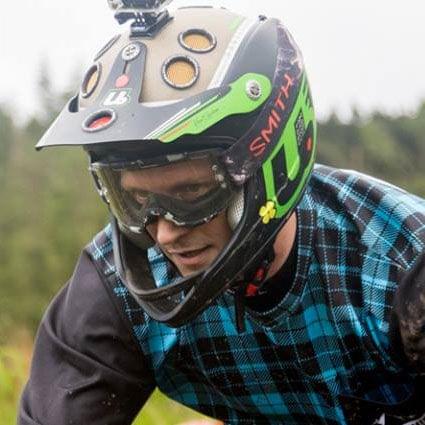It is often said that full suspension bikes are too forgiving and that hard tail mountain bikes help to build skills. I’ve seen it in forums, in magazines and often hear it repeated aloud, especially to mountain biking beginners.
After seeing the damage that a season of mud and grime did to the bearings in my suspension linkage, an idea started brewing. Give the new bearings a rest for the winter and build something simpler. Something that could take the beating offered by the wet and mud of the winter season.
Jumping ahead a couple of months, in December I finally got a few rides in on my own hard tail, one that will likely be performing most of the riding duties over the next several months. The bike in question is an NS Eccentric Alu 29 Evo. I’ll go into the full bike build in another article. For now I want to share my first impressions riding a modern aggressive hardtail compared to my regular full suspension bike.
I haven’t owned or ridden a bike without a rear shock since the mid 2000’s. My last hard tail was a Trek 4100 with 80mm of fork travel and geometry that only bears a very vague resemblence to what we’re used to over 10 years later. To say that hard tails have changed in that time would be an under statement.
So far, I’ve had two good length rides on this new bike on two very different trails. The first was at night just before Christmas on a mixture of undulating single track and very rocky double track. I got the chance to ride both of my bikes, the full suspension and the hardtail, and the comparisons were very interesting. On the climbs the difference was marginal, with more technical climbing favouring the full suspension bike but the hardtail proving easier on the legs over longer smoother ascents. While there is no denying that the rear shock makes for a much more comfortable ride, especially on the rockier terrain, the NS had no trouble keeping up nor was it so hard as to be uncomfortable. It just requires a different style of riding. Where the full suspension bike makes choosing lines somewhat trivial and is quite happy to plow through most obstacles, the hardtail forces you to look ahead more and to pay more attention to your leg and foot position. Both skills that can benefit any rioer regardless of what bike they are on. What was evident was that over a longer ride the lack of rear suspension does take a bigger toll on your energy levels. However, I would assume that over time as you adjust to the riding style best suited to each bike this would become less of a difference.

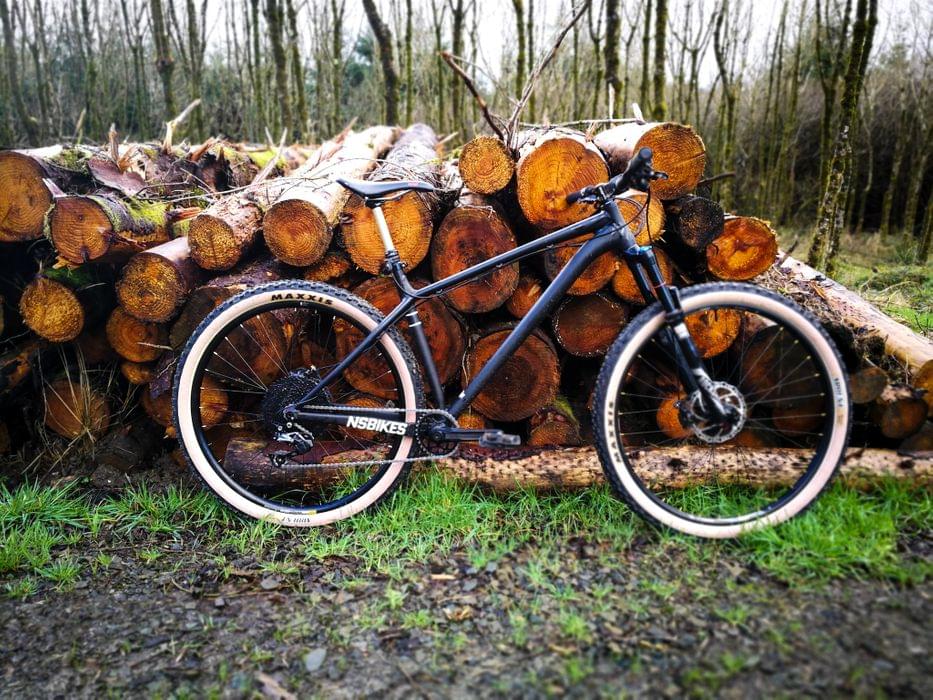

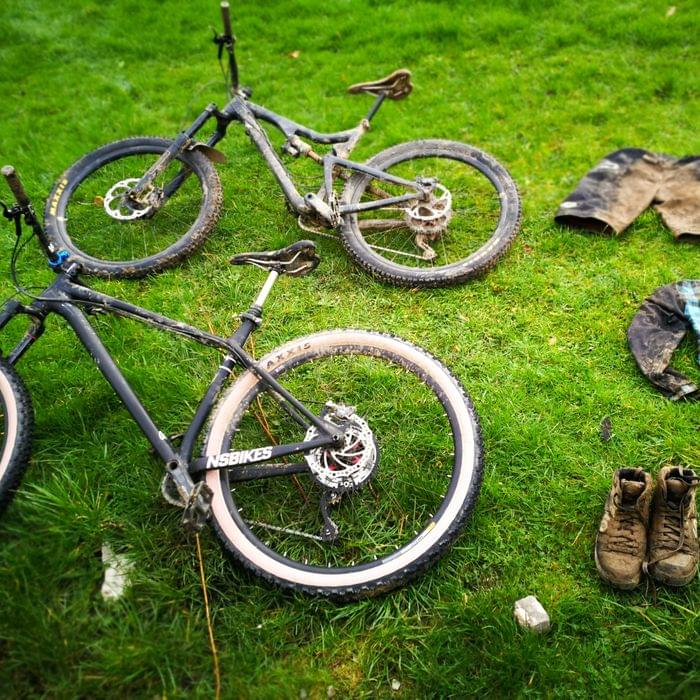
The second ride I got to take both bikes on, was this week over a full day’s uplifted riding at Bike Park Ireland with a mix of jump trails, blue flow trails and black technical descending. And again the surprise to me was that neither bike clearly outperformed the other. The technique required for each one is a little different though. On the jump trails the hard tail felt more fun because you can feel the rear end pushing into the berms and launching off the lips. On the blue trail both bikes performed equally well, with the full suspension soaking up the irregular terrain with much less punishment to my legs. But my times on (Strava)[https://strava.com] were very similar on both bikes.
Most surprising to me was the comparison on the black technical trails. This is where I would expect the full suspension bike to excel, and to be honest I was a little retiscent to take the hard tail down some of them. The full suspension bike defrfintely makes these trails easier to ride. It makes much easier work of the root and rock gardens. If you hit an unexpected bump, or take an unplanned line it will try its very hardest to get you out of trouble. The hardtail, however, makes you work for it. You have to look ahead and choose your lines wisely. You have to think about your legs and foot position. If you get into the air, you have to be prepared to soak up that landing because it all shoots straight up into your body. That said, I did all the same trails on both bikes, and I had fun on all of them. The best feeling was after completing a couple of trails on the hard tail then switching back to the full suspension bike and immediately noticing the change in my riding style, however small that was after so little time. While a bike with front and rear suspension is mucg more forgiving, applying the same riding technique still gives great improvement.
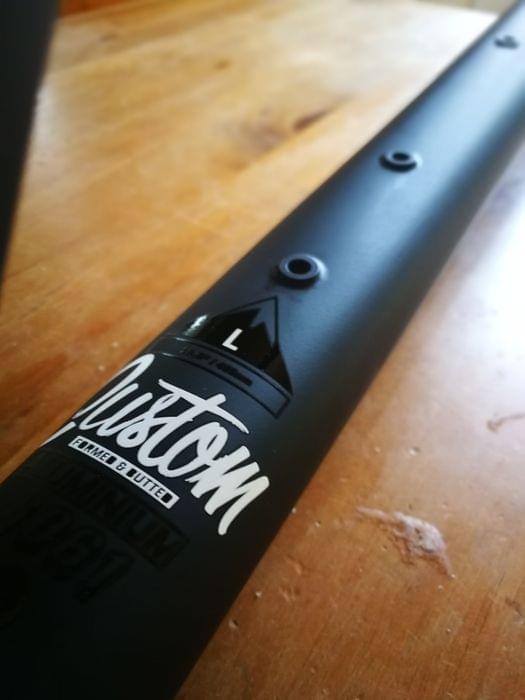
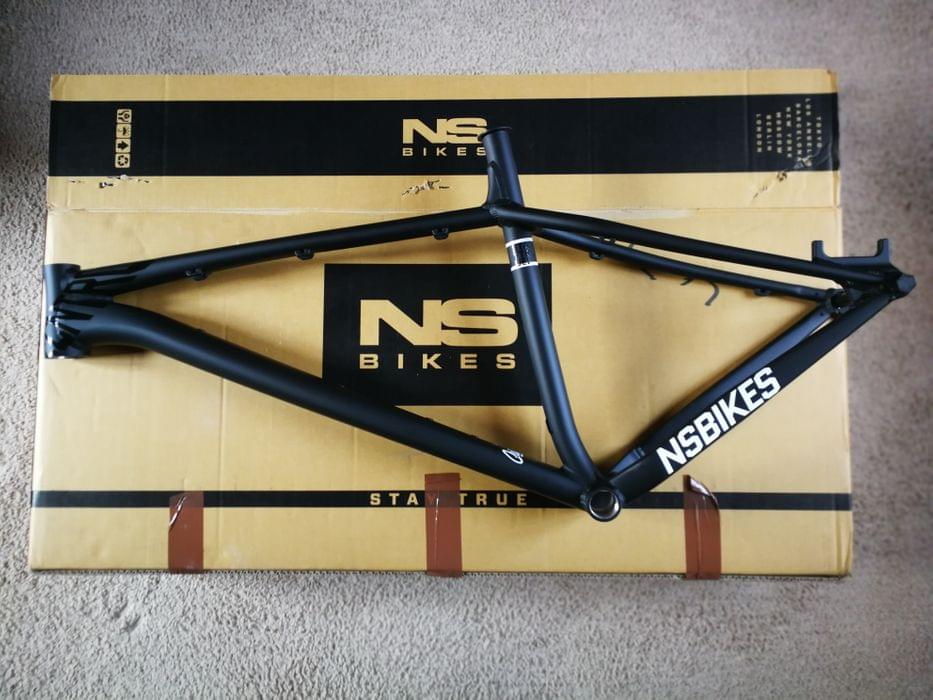
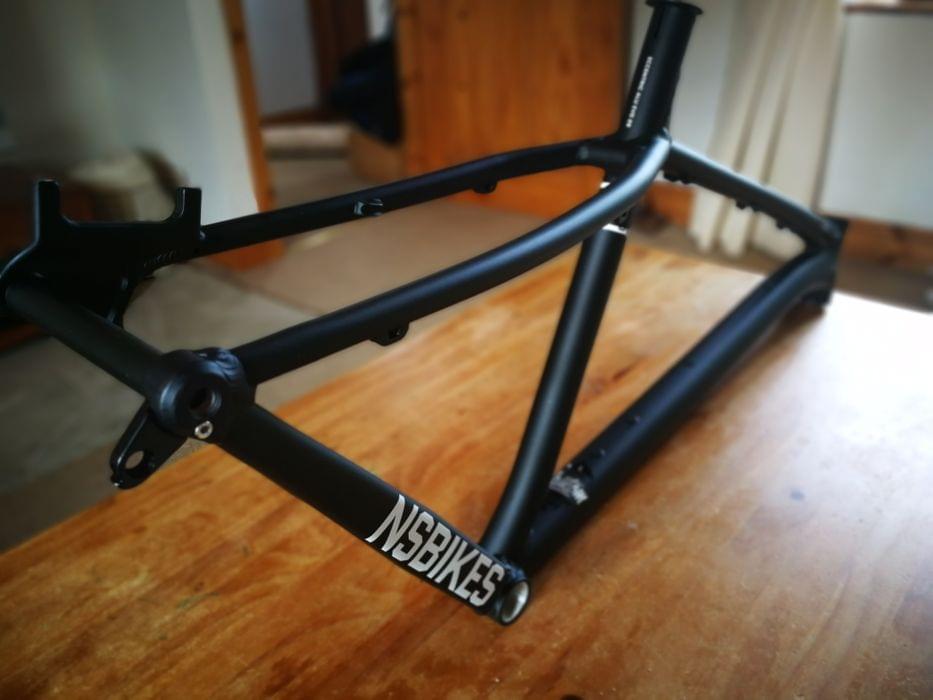

I’m looking forward to spending quite a lot more time on this bike and to work on my technique, and just for the plain fun factor. And come spring time, the bearings in my other bike will still be all frersh ready for a summer of mountain biking fun.
I can totally see the truth in the opening statement of “hard tails build skills”. They immediately make you aware of a poor line choice, a hard landing or other riding mistakes. And they force you to pay much more attention to your body position and where how far ahead you look on the trail. However, I would be less likely to recommend one to some one just starting out on mountain bikes, especially of they plan to ride on more than mellow cross country trails. Beginners need to see the fun in mountian biking to get hooked. I think the harsher and more unforgiving nature of an aggressive hard tail, while great for building skills, is maybe not the best introduction to how much biking down the side of a mountain can be.

